
By Doug Ward
“Look over Spock’s shoulder,” Cleve Moler told the audience at Eaton Hall on Thursday.
He was showing a clip from Star Trek: The Motion Picture, the 1979 movie that revived the classic 1960s science fiction television series. In a scene from the bridge of the Starship Enterprise, colorful graphics blink on a futuristic array of monitors.
Those graphics, Moler explained, came from what is now the Los Alamos National Laboratory, where he was part of team that developed a computational math library and an accompanying library for computer graphics. That work, written in Fortran, was “just a matrix calculator,” Molder said, but it was the basis for Matlab, software that creates an interactive environment for computation, visualization, modeling, and programming.
Moler, a former professor at New Mexico, Michigan and Stanford, is the “chief mathematician” and chairman of MathWorks, a company he co-founded in 1984. He visited KU this week, speaking to an auditorium filled mostly with undergraduates, but also with faculty and administrators, for the Russell Bradt Undergraduate Colloquium.

I’m not a mathematician, so I won’t pretend to understand the intricacies of Matlab. What I do understand is that Matlab plays an important role in researching and teaching mathematics, engineering, and other STEM areas. It is an environment created by mathematicians for mathematicians, and it has attained near iconic status in the academic world, with more than a million users.
In his talk at Eaton Hall, Moler spoke in a gravelly but upbeat voice about his influences in mathematics and computer science and about the steps that led to the development of Matlab. MathWorks, the company, started in 1984 with one employee, doubling every year for the first seven years. It now has about 4,000 employees in 20 offices around the world, Moler said. It has also expanded into such areas as cell biology, image processing, hearing aids, and driverless cars.
About midway through his talk, Moler gleefully described a project called Eigenwalker, which is using Matlab to break the human gait into its mathematical components and using those calculations to create stick and dot animations. As half a dozen panels with stick figures walked in place on the screen, Moler grinned at the audience and said: “I enjoy that demo. Everybody enjoys that demo.”
Then his analytic side came out.
“It’s all very amusing,” he said, “but what do we see here that’s so enjoyable?”
Through those stick figures, he said, we can understand things like mood, gender, and personality just by observing the way they move, and researchers are using the animations to study how people perceive others through their walk.
At 78, Moler doesn’t move nearly as smoothly as he did when he created Matlab, but his status as a math star was apparent at a reception in Snow Hall, where he sat with a cup of coffee and a cranberry oatmeal cookie talking with Professor Marge Bayer and others from the math department. Graduate students ringed the room, seemingly reluctant to approach Moler. They needn’t have worried. Despite his genius, Moler loves interacting with people, telling stories of his family and of the evolution of Matlab.
He shared one of those stories at the end of his talk at Eaton Hall after a student asked about the “why” command in Matlab. The original Matlab used terminal input, he said, and provided answers for commands like “help,” “who,” and “what.” Moler and others decided that Matlab needed a “why” function to go along with the others, so they programmed it to respond with “R.T.F.M.” when someone typed “why.”
That stood for “read the manual,” he said, with an extra word in the middle starting with “f.”
The room erupted in laughter.
Over the years, the “why” function became an inside joke, an Easter egg in Matlab that provided random humorous answers. He gave his audience a sneak peak of 30 or so new responses, including “Some smart kid wanted it,” “To please some system manager,” “To fool a young tall hamster,” “Some mathematician suggested it,” and “How should I know?”
At the end of his talk, Moler made a pitch for his company, which he said was hiring 250 to 300 “good people who know Matlab.” It wasn’t quite the same as in invitation to the bridge of the Enterprise, but for young mathematicians, it was close.
An entrepreneur endorses the liberal arts
The liberal arts got a recent thumbs-up from an unlikely source: Mark Cuban, the entrepreneur, Shark Tank star, and owner of the Dallas Mavericks.
“Unlikely” may not be quite the right description because Cuban encourages high school students to attend college and has a college degree himself (Indiana University business administration, 1981). So he is hardly part of the drop-out-now-and-chase-your-dream crowd of Silicon Valley entrepreneurs like Peter Thiel. Neither is he bullish on higher education, though. He has argued that colleges and universities are constructing unnecessary buildings financed by rising tuition, and that higher education is in the midst of a bubble, much as real estate was before 2008.
“As far as the purpose of college, I am a huge believer that you go to college to learn how to learn,” Cuban wrote on his blog in 2012. “However, if that goal is subverted because traditional universities, public and private, charge so much to make that happen, I believe that system will collapse and there will be better alternatives created.”
In a recent interview with Bloomberg News, Cuban said that students needed to think carefully about jobs, careers, and skills.
“What looked like a great job graduating from college today may not be a great job graduating from college five years or 10 years from now,” he said.
That’s because machine learning and artificial intelligence are changing the nature of work. Companies are hiring fewer employees as technology takes over more jobs, making it crucial for people to understand how to use computers and software, he said.
“Either software works for you or you work for software, and once the software takes over, you’re gone,” Cuban said.
He predicted enormous changes in the workplace in the coming years.
“The amount of change we’re going to see over the next five years, 10 years will dwarf everything that’s happened over the last 30,” Cuban said.
Because of that, Cuban said he expected English, philosophy and foreign language majors and others who are “more of a freer thinker” to have a distinct advantage.
“I personally think there’s going to be a greater demand in 10 years for liberal arts majors than there were for programming majors and maybe even engineering,” Cuban said.
It’s refreshing to hear someone from the business world extoll the virtues of liberal education, especially as higher education – and liberal education in particular – have come under intense criticism from many sides. There is certainly much to criticize, but there is also much to be hopeful about. No matter their career path, students benefit from a broad understanding of the world, an ability to research effectively, communicate clearly and analyze critically, and a desire to keep learning. (I’ll be talking more about those skills in the coming weeks.)
Doug Ward is the associate director of the Center for Teaching Excellence and an associate professor of journalism. You can follow him on Twitter @kuediting.

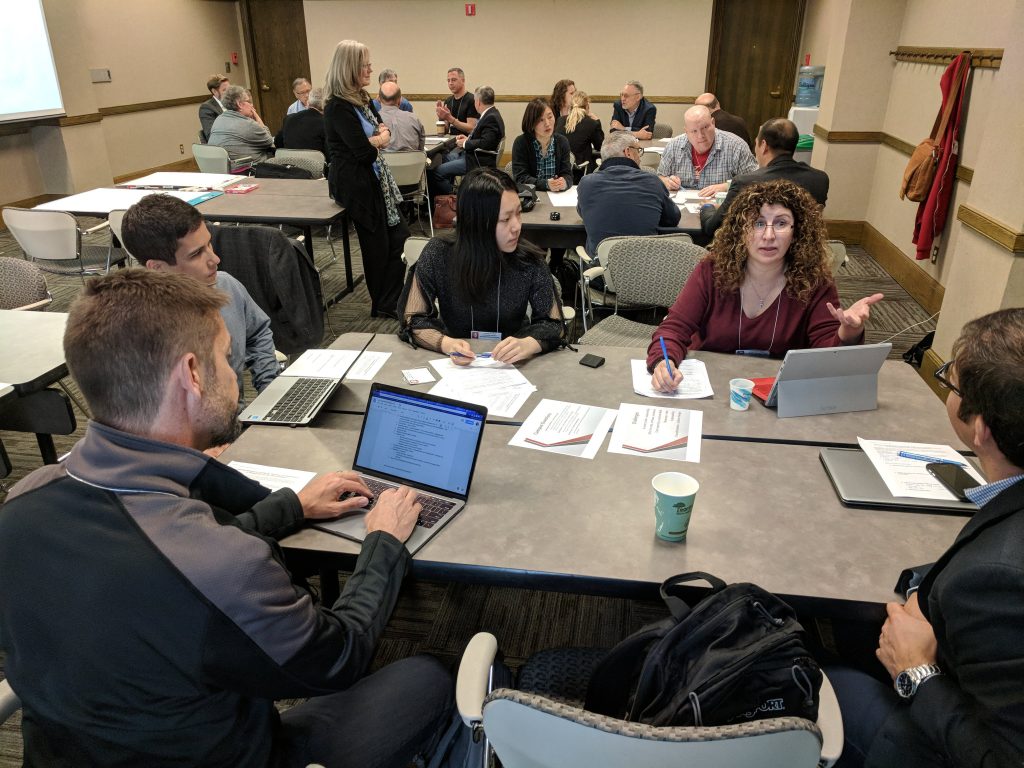
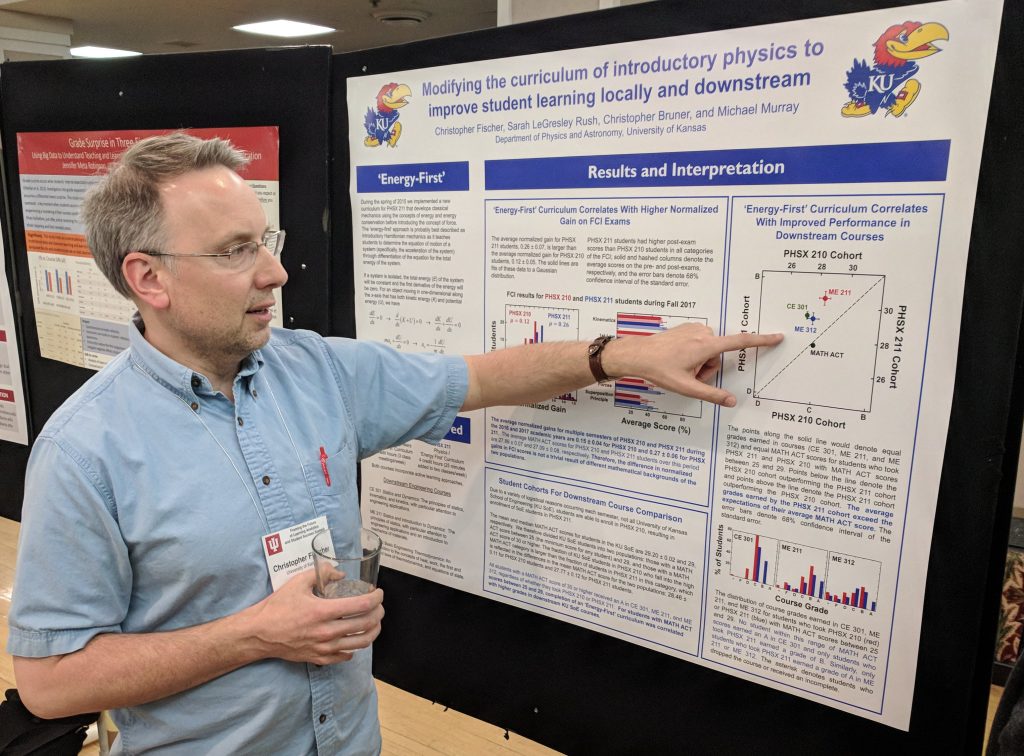
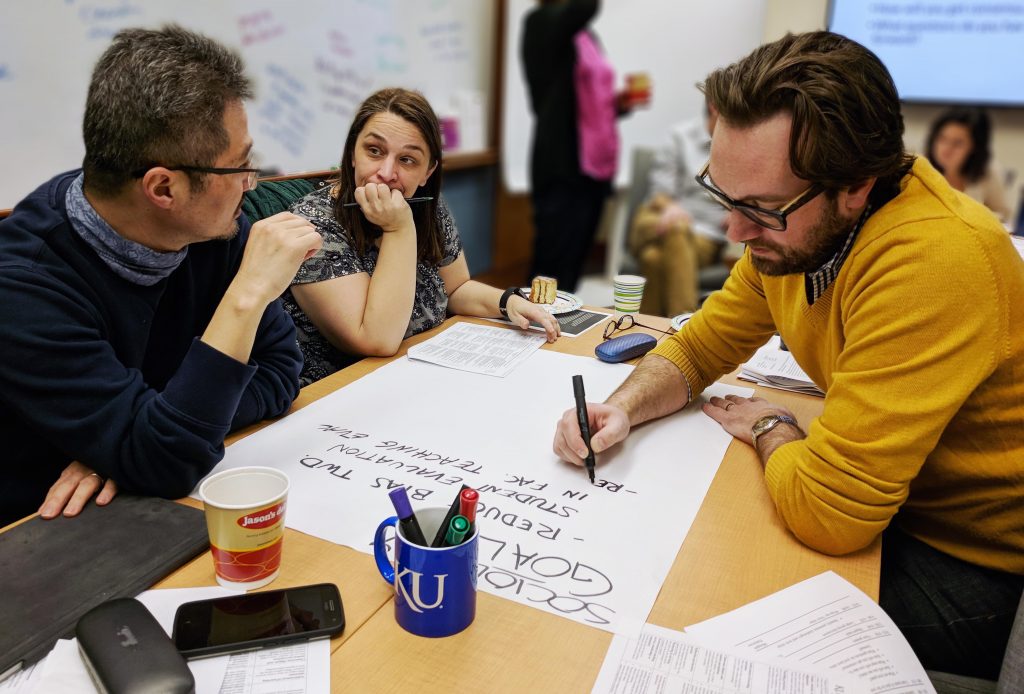


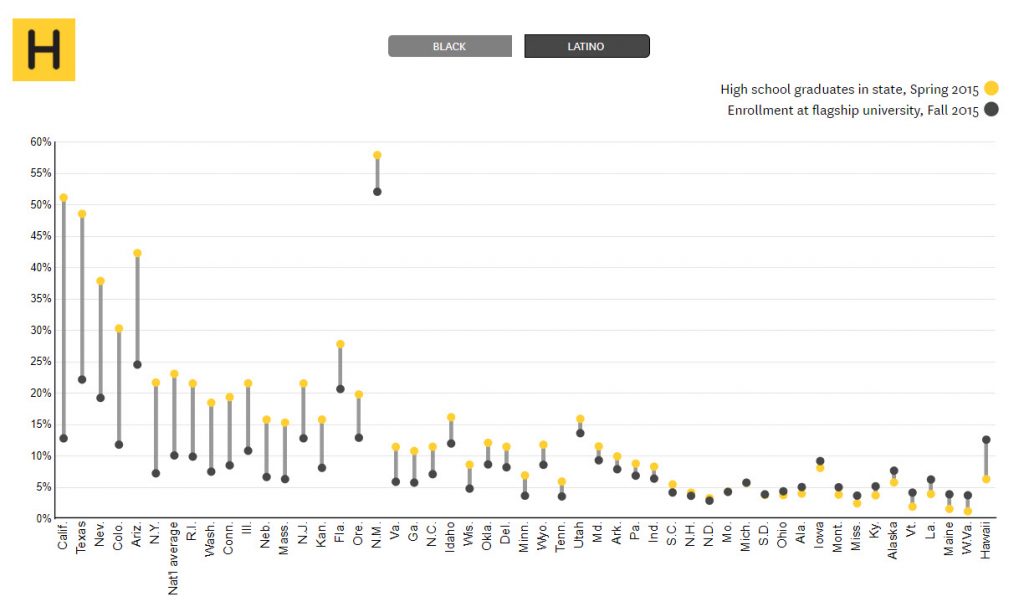
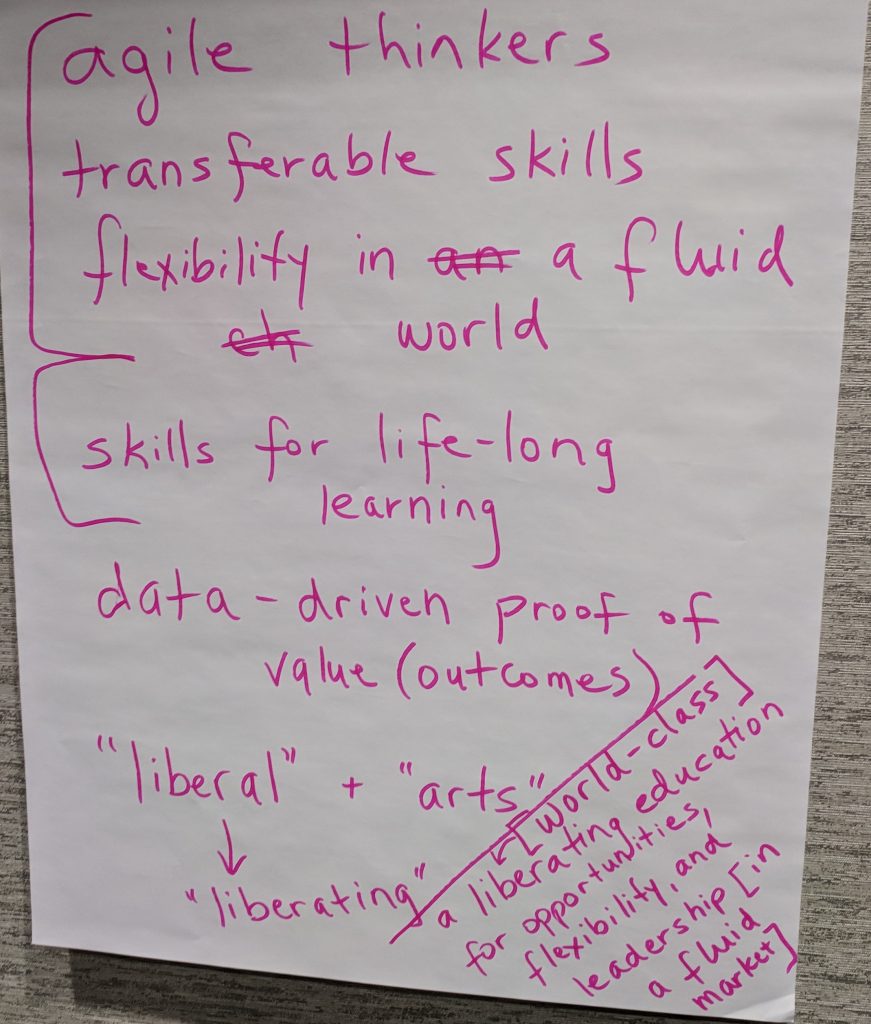


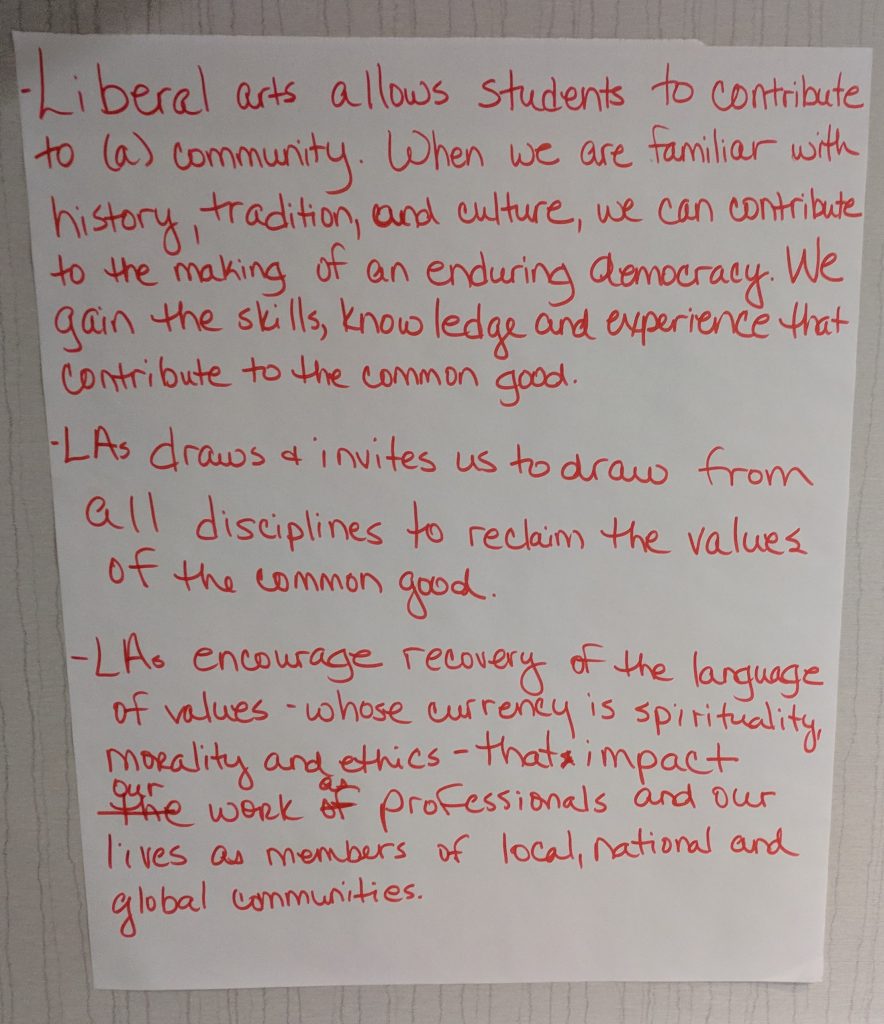

Recent Comments